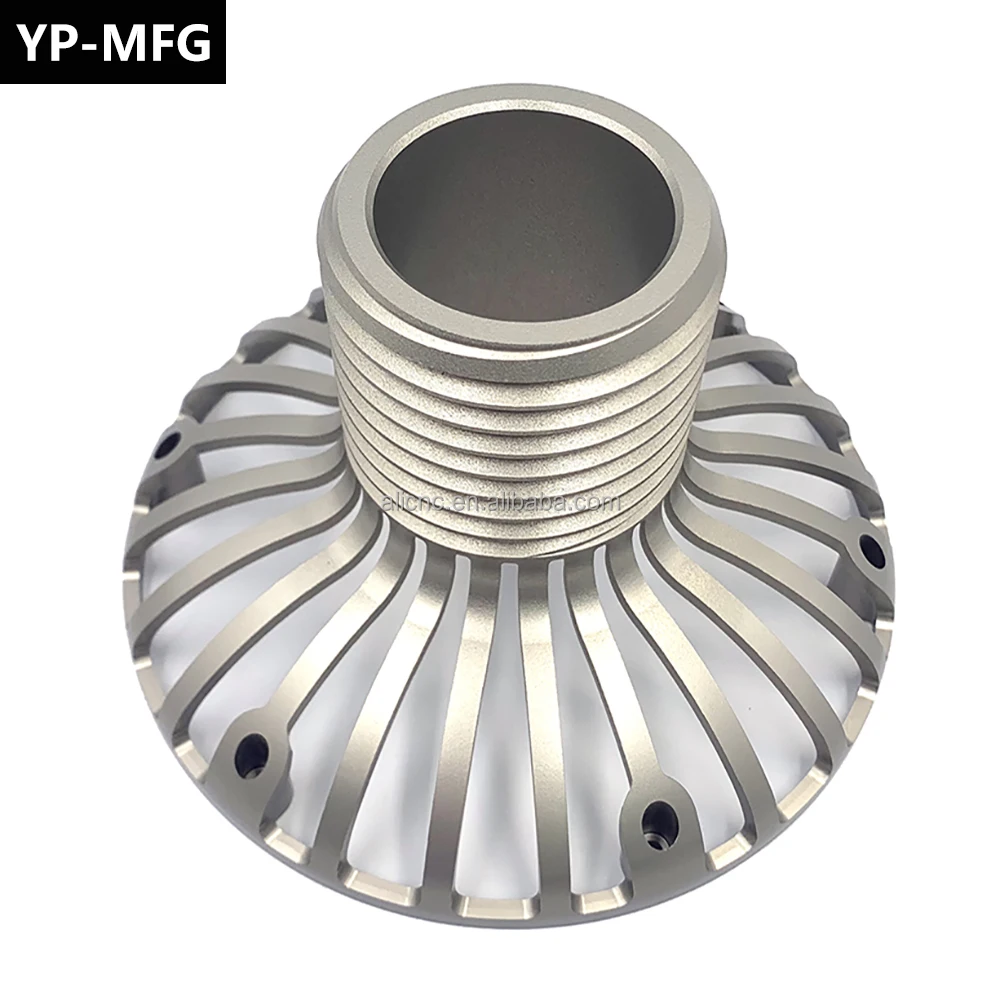If you are unfamiliar with CNC (Computer Numerical Control) machining, it is a method that uses computers to help in the manufacturing process of products. The technology has been well-adopted across various sectors - from aerospace, automotive to medical device manufacturing.
In our world of CNC machining, this terminology comes up with 3-axis, 4-axis and 5-axis machining. These methods are unique and require the cutting tools to be moved in different directions to create various shapes and patterns.
3-axis machining: In this technique, the cutting tool moves along three axes i.e. from side to side, up and down as well back and forth. This makes it very nice for flat or little curved surface area components that need to be deformed into place. This process is favored as it is less expensive and quicker so makes mass production possible.
4-axis machining: With 3 axis machine we can only cut in three directions; with four axes, you add an additional two degrees of freedom.Therefore,it allows the cutting tool to move along 04 different and five coordinate systems. Typically known as the A-Axis, this adds another axis to increase precision and flexibility which provides further options in terms of shapes and designs. Although 4-axis machining benefits from being better suited to manufacture complex objects with curved, twisted surfaces than 5-sided milling; it has a few drawbacks versus full-on five-side machine.
5-axis machining: The most advanced of the three techniques, 5-axis machining cuts along five axes - x, y and z in an apples-to-apples comparison with traditional cutting paths plus two rotationalaxes. No other technology provides such a level of specificity coupled with flexibility, which is why it has long been ideal for the production of intricate or curved-surface parts. But that comes at a much steeper price and with longer production times on account of the extra setup and programming.
The variety of available methods each have their benefits and drawbacks, the factors including material properties that need to be observed during operations such as size/shape capabilities in conjunction with geometric tolerances from blueprint all coordinate into how a part could potentially or cannot possibly work.
Ultimately, this is where the future of CNC machining lies - in being able to give greater precision and speed with higher efficient results. The progress is being facilitated by advances in technology and software, enabling developers to design increasingly complex parts with unmatched accuracy at speeds we have not seen yet. Present-day CNC machining has benefited not just large businesses but also the smaller ones and start-ups as well, especially with a good range of high-quality low-cost machines out there even user-friendly software solutions.
This streamlines the process for industries like aerospace, automotive and medical device manufacturing where efficiency, productivity and costs are seeing significant enhancements. Ultimately, which machining technique to use is a tough call because you have 3-axis V/S 4-axis Vs.5 axis (speed vs accuracy v/s cost).
The bottom line is It does not matter if you are machining with 3-axis,4- axis or a 5 -axis people made the end product and there's only one thing that bringing new technology making us do our job quicker, more efficient and accurate.

 EN
EN
 AR
AR
 HR
HR
 CS
CS
 DA
DA
 NL
NL
 FI
FI
 FR
FR
 DE
DE
 EL
EL
 IT
IT
 JA
JA
 KO
KO
 NO
NO
 PL
PL
 PT
PT
 RO
RO
 RU
RU
 ES
ES
 SV
SV
 ID
ID
 LT
LT
 SK
SK
 UK
UK
 VI
VI
 HU
HU
 TH
TH
 TR
TR
 MS
MS
 GA
GA
 CY
CY
 IS
IS

